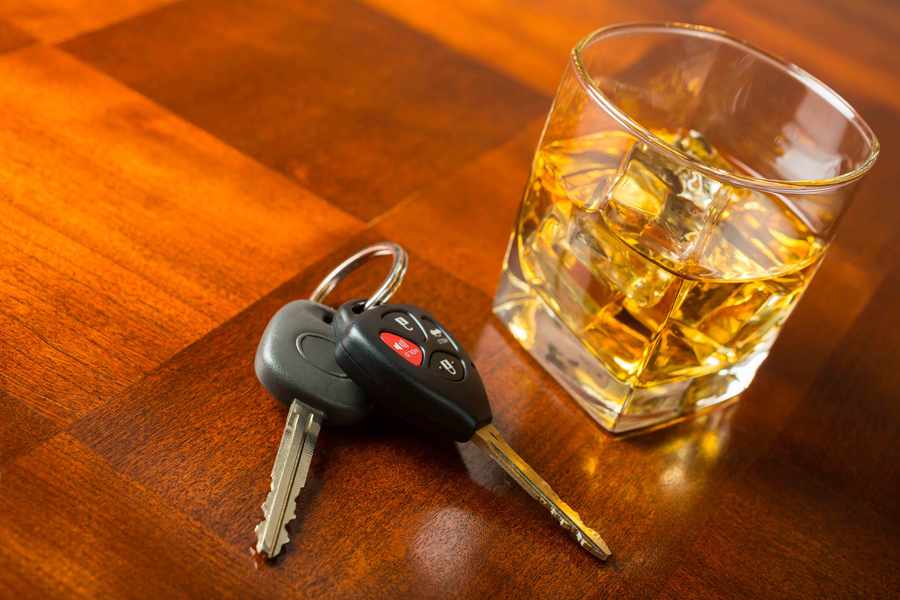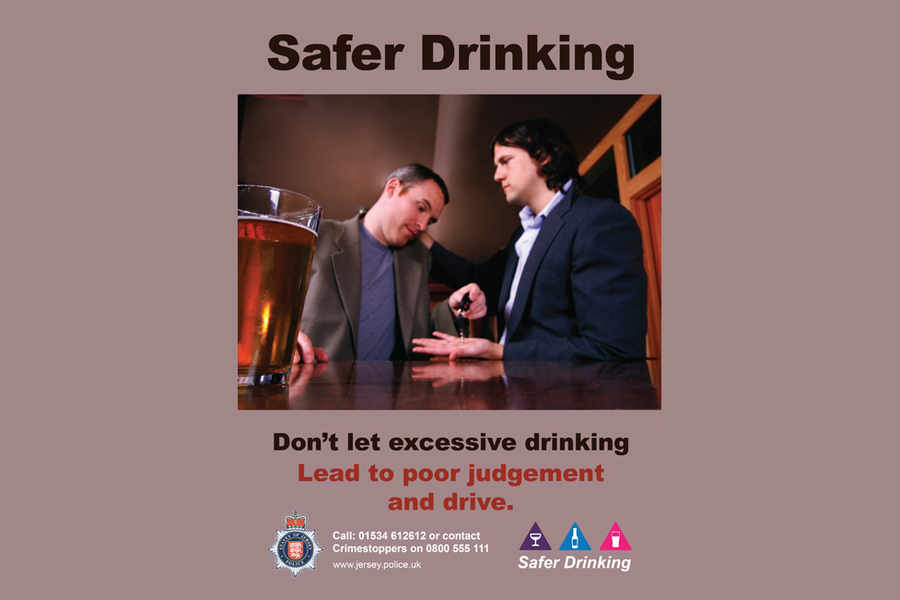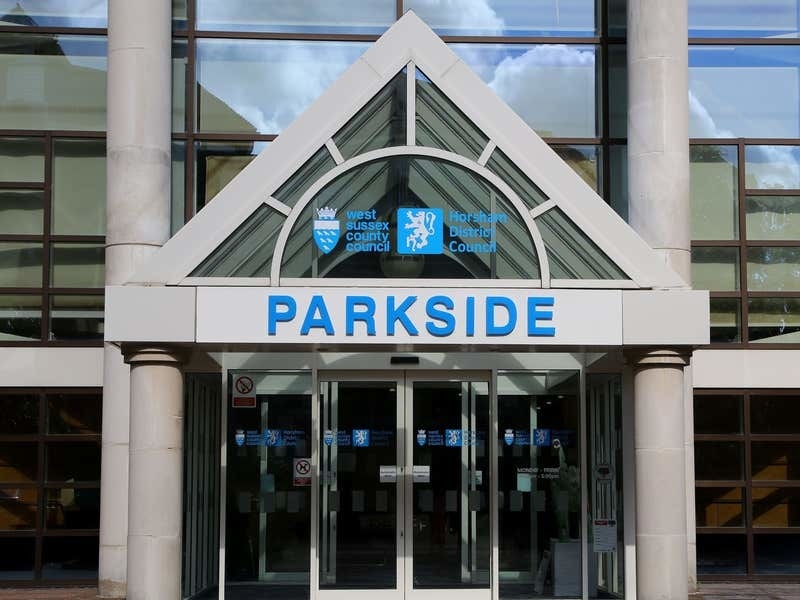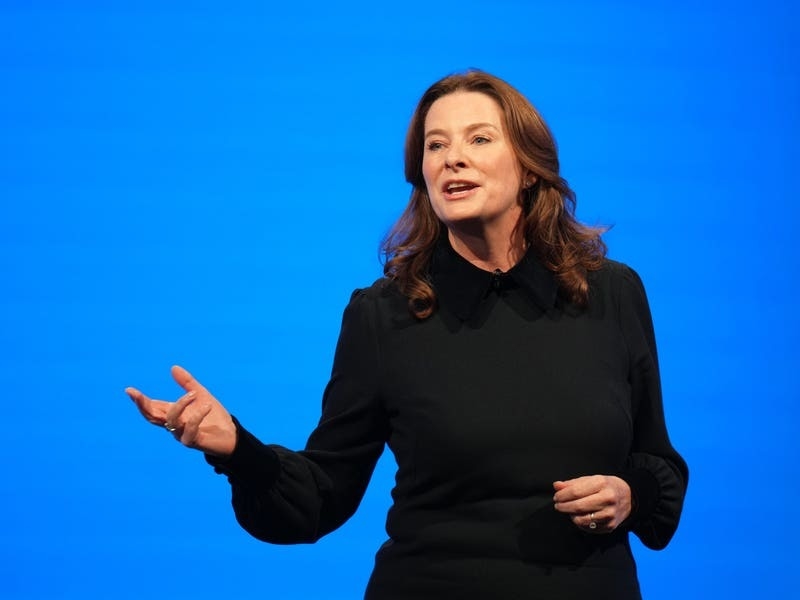The States police’s annual drink-drive campaign is launched today and the force say they want motorists to consider the consequences of taking to the road while under the influence of drugs or alcohol.
Over the Christmas period the States police and their honorary colleagues will be carrying out a number of road checks.
The latest figures show that the number of motorists caught drink-driving during the festive period has almost halved since 2011, from 20 to 12 last year. And overall drink-driving figures are also falling. In 2011, 217 motorists were prosecuted for driving while under the influence, and that figure fell to 144 last year.
Inspector Paul Smith, who is leading the campaign, said that everyone had a part to play in stopping drink-drivers.
‘No one has the right to put our families and friends at risk by mixing alcohol or drugs with driving,’ he said. ‘If you’re caught, you face a heavy fine and a driving ban, or even worse – like hurting yourself or others in a collision.
Alcohol is a depressant. Why would anyone think it safe or fair to gamble with the lives of others?’
On average, one person a week is seriously injured in road accidents in Jersey, and according to figures in the UK, 16 per cent of all road deaths are alcohol-related.
Insp Smith is asking anyone with information on drink-drivers to contact them on 612612 or call Crimestoppers on 0800 555111.

The legal limit
The legal limit is 35 micrograms of alcohol per 100 millilitres of breath, or 80 milligrams of alcohol per 100 millilitres of blood. But any amount of alcohol can affect your ability to drive safely, and alcohol affects people differently. So the only way to make sure that you’re under the limit is to not drink any alcohol if you’re going to drive.
What is a unit of alcohol?
One unit usually means:
- a small glass of wine
- a measure of spirit
- half a pint of normal strength beer
However, the strength of alcohol in various drinks differs hugely – and the measure you pour yourself at home is likely to be very different from the measure you receive in a pub. This all means that it’s very difficult to determine how many units you’ve had – the only way to tell for sure is to take a breath test.
Again, the only way to make sure you’re under the limit is to not drink any alcohol if you’re going to drive.
How long after drinking is it safe to drive?
Are you legally safe to drive the morning after drinking? Take a Saturday night’s drinking:
- at midnight you may have 200mg in the blood (2 and 1/2 times the legal driving limit)
- at 7.30 the next morning, you still have 90mg – so you’re still over the limit
- by lunchtime, you’ll have about 20mg – under the legal limit, but this is still enough to affect your ability to drive
It’s impossible to get alcohol out of your system quickly; neither coffee nor a shower will help speed up the process. It just takes time.
Breath tests
You can be breath tested at any time of day or night, on any day of the year. For example:
- if you’re involved in a collision – whether it is your fault or not – you will be required to provide a breath sample
- if you’re attempting to drive a vehicle – this might mean you’re trying to start a car, for example
- if you’re in charge of a vehicle – this means that the driver is in the vehicle even if it’s not moving
- if you commit a moving traffic offence – such as speeding, failing to stop for a red light or not wearing a seat belt
- if you fail to stop after a collision -we can trace your vehicle and request a breath sample, even if you had left the vehicle






